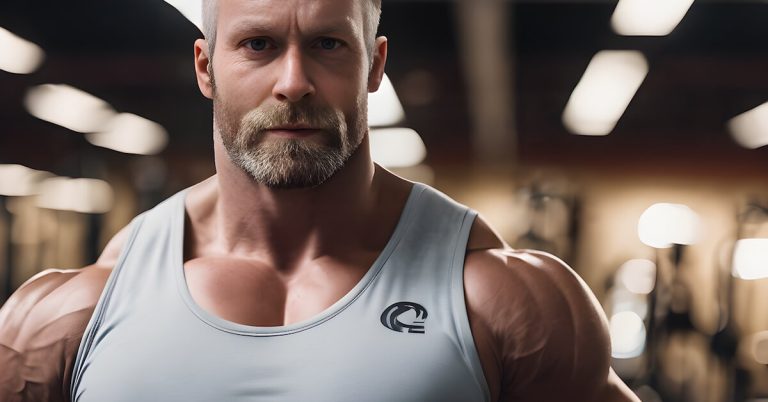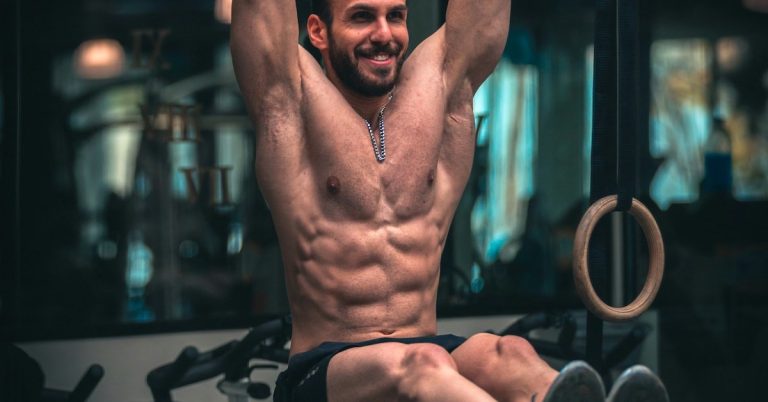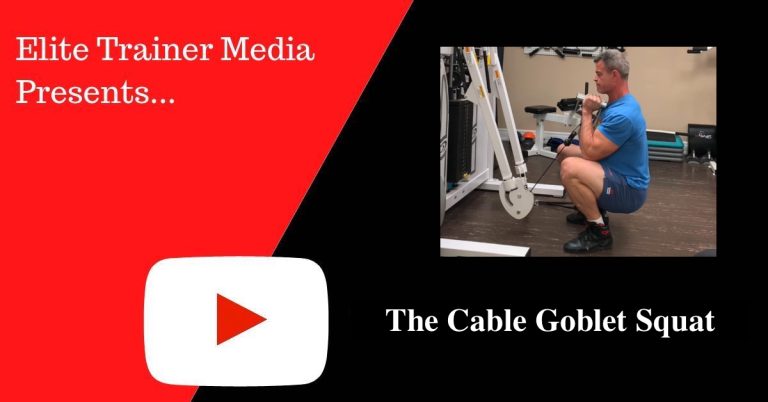Q: You’ve mentioned two-legged lowering in some of your programs. Is that the same as leg raises?
A: On the outside it may look the same, but on the inside it’s a whole different story! Believe it or not, starting from the top or bottom can alter the training effect. If you perform a leg raise and start from the bottom, you’ll encourage hip flexor activity over abdominal activity, and this is generally at the expense of your spine (lower back).
Try this instead: Pull your knees in toward your chest and then extend your legs upward. At this point, your lower back will flatten out against the ground. Keep your spine pressed down and lower your legs under control. Your spine will dictate how far you go. Do not allow your lower back to arch upward. This will ensure that your (lower) abdominals, not your hip flexors, are doing most of the work.
Furthermore, if the exercise is being performed off the ground (as opposed to a decline bench), males should keep their arms to their sides while females should interlock their fingers behind their head. The reason for this is that females carry more weight below their waist than males do so by extending the lever arm in this manner, it will help counter the extra weight.
Here’s something else to consider: Looking down during an exercise can cause your back to round. That may not be ideal during a squat, but it may actually help with abdominal work. Placing your chin on your chest will help flatten your lower back against the ground and reduce hip flexor activity while you work your lower abdominals.

Fill in Your Upper Chest with This Novel Exercise
Achieving a well-balanced and aesthetically pleasing chest can be a challenge, especially when it comes to targeting the often elusive

Elevate Your Core Training: Advanced Hanging Leg Raise Techniques
Hanging leg raises stand as a cornerstone in core training, particularly beneficial for athletes, as they target the lower abdominal

The Cable Goblet Squat: A Great Workout Finisher
Love 20-rep squats to cap off a workout? Goblet squats are fantastic, but handling a heavy dumbbell or kettlebell can
follow
Error: No feed with the ID 2 found.
Please go to the Instagram Feed settings page to create a feed.
